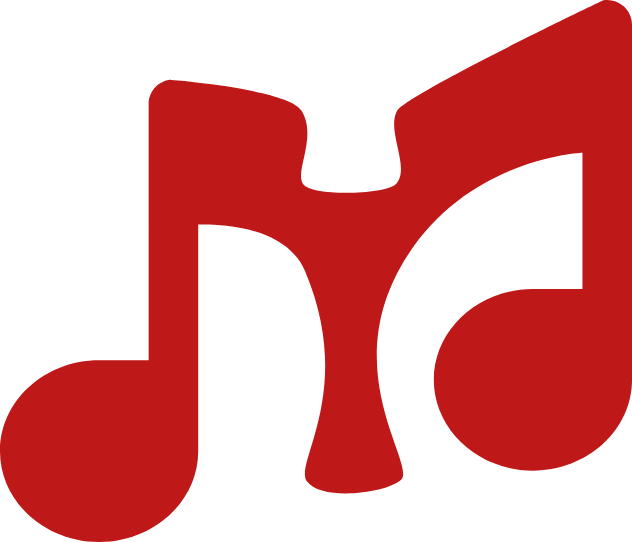Latest MuseScore 3 is mean to me about saving. I have to Save As everytime and half the time it gets weird about playback afterwards so I have to close it out and reopen.
Updated to MuseScore 4 and to be honest I forget most of my grievances with it beyond a playback issue with some weird thing I did, but it also bothered me enough to run crying back into the arms of MuseScore 3 (thank you Internet Archive). It was probably something about formatting which is ironic considering all the engraving improvements they made. Considering an alternative after using MuseScore for most of my life. What do yall use?
And literally just after posting this I remembered LilyPond, which a friend told me about awhile back. Never really checked it out. It’s free though!


I do use LilyPond. It’s excellent for transcribing music, less so for composing new music, but that doesn’t stop me from using it for the latter anyways. 🙃
Personally, with graphical software like MuseScore, I always end up just throwing dots into the score sheet without thought and it just always sounds bad, especially when I try to write multiple voices.
LilyPond has higher friction to note entry (when not transcribing) and it also forces you to spell out what kind of note it is that you’re entering (i.e. it’s c, d, e… not just a dot), so it makes me think about the notes I enter, which ended up actually making me much quicker at writing anything that sounds good.
You’d believe I could just stop being a dumbass and also use my thinky brain with MuseScore, but I have tried repeatedly without much success.
What I also appreciate about LilyPond is that it deals well with the complexity of an orchestra score.
For example, it often happens that you want multiple instruments to play the same snippet of notes. I assume, graphical tools also have a feature for that, but with Lilypond, it’s quite natural to just throw those notes into a variable and insert them wherever.
LilyPond also has a full-fledged programming language underneath, which you can tap into to script things, if you want.
I should maybe also mention that I am a software engineer, so I’m appreciative of being able to script things, but I also work with text every day. For example, versioning of files I can do with Git, which I use every day anyways.
Things that are not so good about LilyPond for composing: